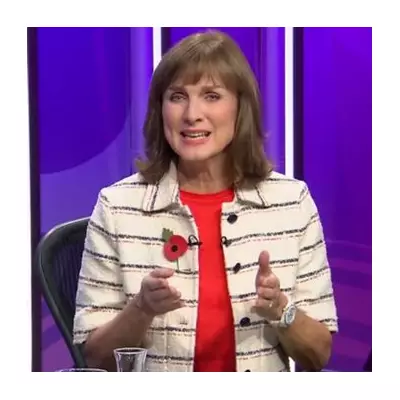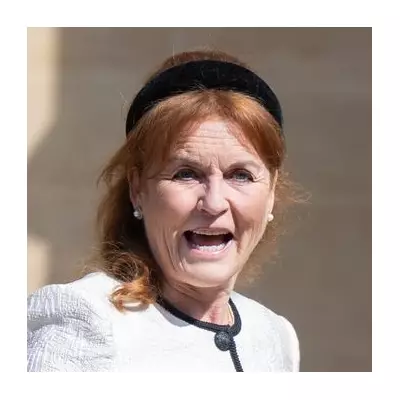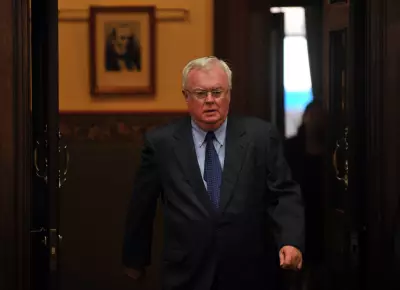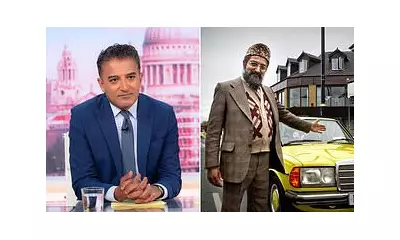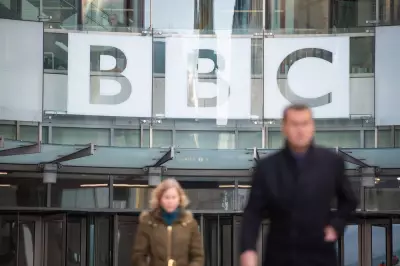
Newly released data has exposed a startling imbalance within the UK's Armed Forces, where the number of high-ranking officers now exceeds the combined total of the nation's key combat equipment.
The Numbers Behind the Imbalance
Official Ministry of Defence (MoD) statistics, released earlier this month in response to a parliamentary question from Conservative MP Neil O’Brien, paint a concerning picture. The figures show there are currently 472 senior officers across the British military. This breaks down to 211 General Officers in the Army, 135 Admirals and Flag Officers in the Royal Navy and Royal Marines, and 126 Air Officers of Air Rank in the Royal Air Force.
In stark contrast, the combined tally of major combat assets is significantly lower. The Army possesses 225 Challenger 2 tanks, though only around 150 are operational. The Royal Navy's fleet consists of 64 ships, but this includes just 16 classified as warships—eight frigates, with only six currently operational, plus six destroyers and ten submarines. The Royal Air Force operates 113 Typhoon aircraft and 37 F-35 combat jets.
When these equipment numbers are totalled, they amount to just 455, meaning there are more senior officers than these critical pieces of hardware.
A Crisis in Recruitment and Leadership
The revelation comes amid a severe recruitment and retention crisis. MoD data indicates that the number of recruits successfully completing their training has plummeted by 38 per cent over the last five years.
Colonel Phil Ingram, a former Army intelligence officer, did not mince words in his analysis. He stated, 'The British military has a real problem with inflation of rank. There are too many senior officers and not enough good leadership which is contributing to shocking recruitment.' His comments suggest that the top-heavy structure is directly impacting the military's ability to attract and retain new personnel.
Official Response and Ongoing Concerns
When confronted with these figures, a Ministry of Defence spokesman offered a justification. They stated, 'The number of senior officers in the Armed Forces fulfils the obligations to the department and multilateral organisations we support, such as Nato.'
However, this explanation is likely to face scrutiny from defence analysts and MPs who are concerned about the operational effectiveness and financial efficiency of the Armed Forces. The disparity between leadership numbers and frontline capability raises fundamental questions about the structure and priorities of the UK's defence establishment in an increasingly volatile global landscape.

